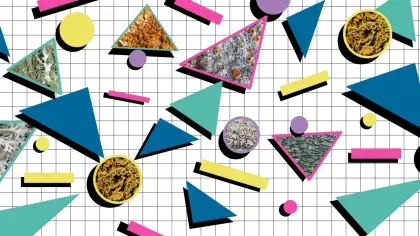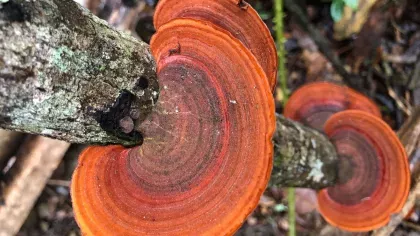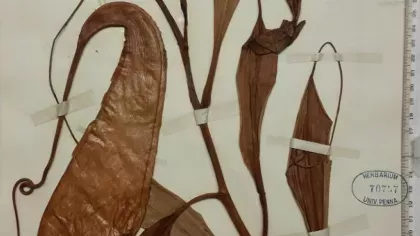14 October 2020
Seeking burnt forest for restoration
We’ve been using drones in Madagascar to seek out burnt forest sites that can be restored and regenerated.

Last year the scale and severity of forest fires throughout the world caused widespread alarm amongst the public, governments and environmental organisations. Fires ravaged the Amazon and Australia.
And even right now, forests in California are up in flames.
While violent storms and droughts, a result of climate change, are increasing the risk and extent of wildfires, fires initiated by humans deliberately, or accidentally, are often much more destructive than those caused by nature.
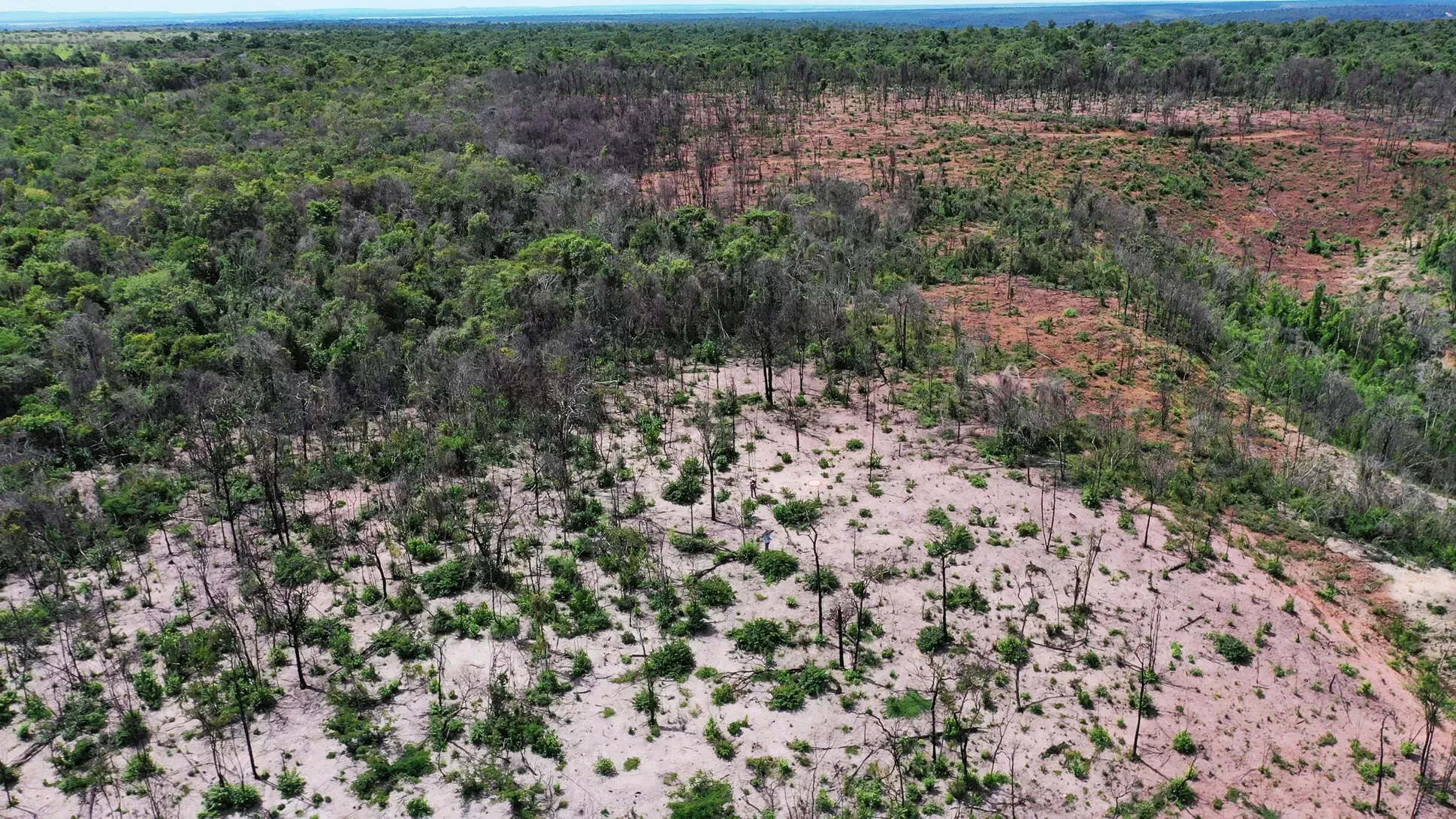
A Madagascan emergency
On the island of Madagascar the slash and burn technique is frequently used to clear forest for farming land.
In September 2019 news emerged of large fires engulfing dry forests in Madagascar.
One of the areas particularly affected was Ankarafantsika National Park, a key site for biodiversity conservation and home to many locally endemic plants and animals.
An emergency response was launched. Myself and Tim Wilkinson sprung into action to assist with the aftermath of the forest fires by helping to identify sites where damage can be reversed.
Technology and trees
Working with our colleagues at the Kew Madagascar Conservation Centre (KMCC), and equipped with a suite of technology, we set out to find some of the most severe forest burns and map their extent and assess their intensity.
We also needed to determine a comprehensive list of tree species for Ankarafantsika National Park.
Before now, tree species knowledge had been limited to random general collections by various independent researchers. To help with forest regeneration and restoration we had to know what the natural forest actually looked like.
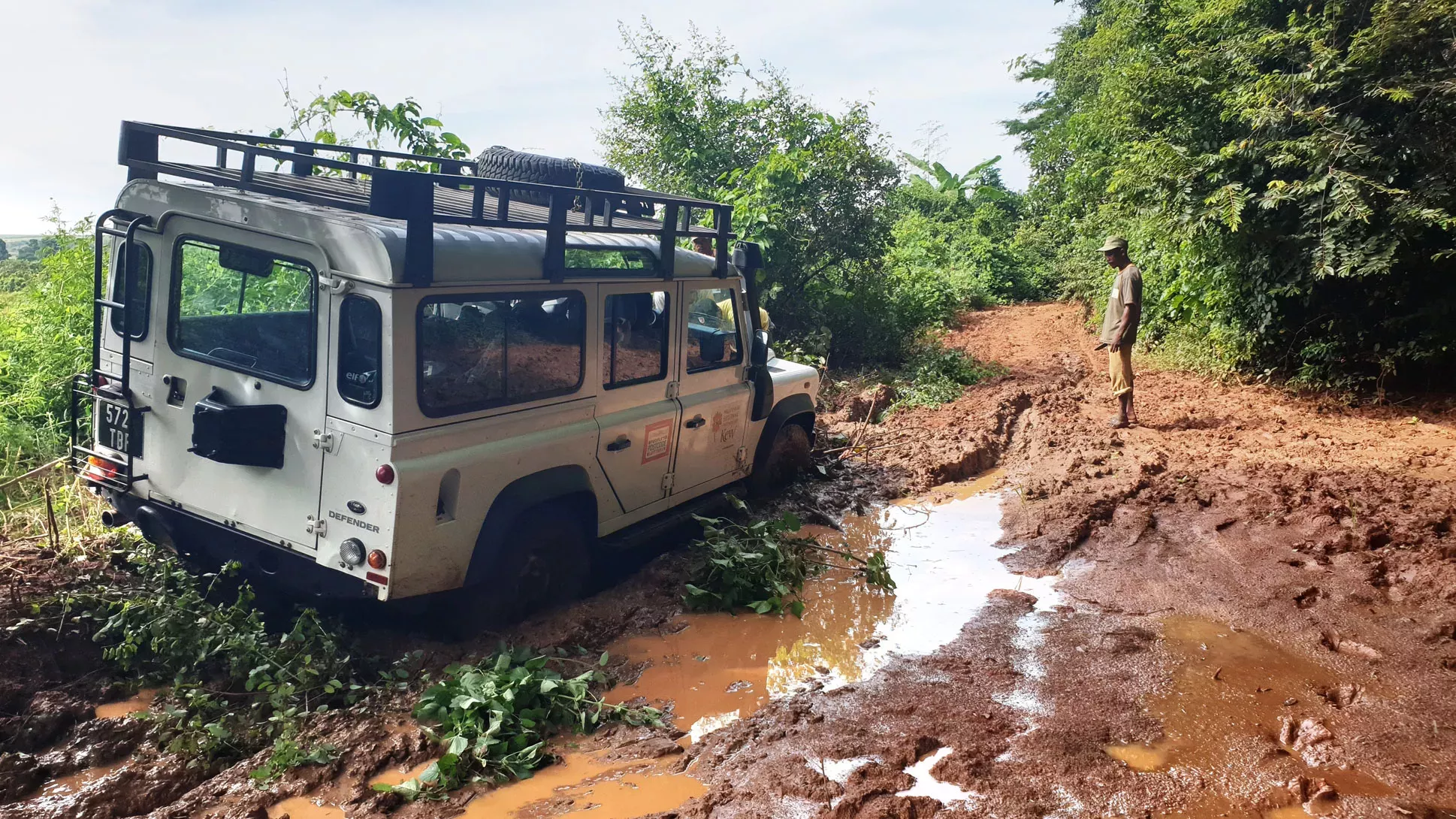
Challenging opportunities
Our fieldwork began with some slippery challenges.
In attempting to drive along a track to a drone site I had identified from satellite imagery, to gather some important survey burns, we got stuck in the mud. Not once but five different times.
We were often so deep in it that we needed the land-rover winch, with the help of a few obliging trees, to pull ourselves out of the thick quagmire.
Ever the opportunists, we sent the drone up, to have a look at the forest, impenetrable to us and our 4x4 vehicles.
We noticed an unusual contrasting green area, with erosion scars (lavakas), in the middle of the surrounding intact mature forest.
It appeared to be an area that had previously burned and was now regrowing.
Nature had pointed us in the direction of an interesting discovery and one we would likely not have even noticed had we managed to reach my planned destination that day.
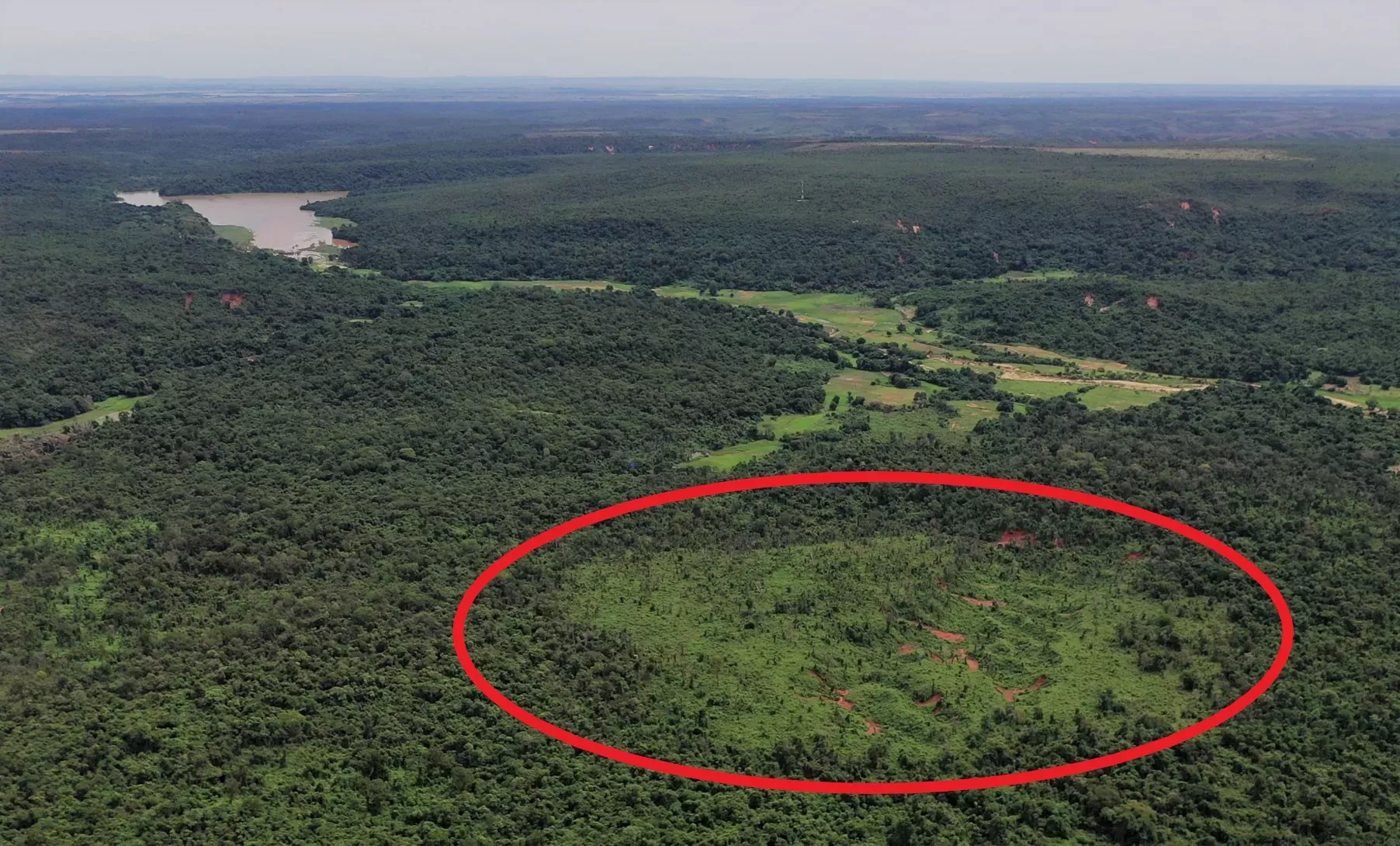
The next day we spent three hours hacking through the hot forest to reach the ‘discovery’ site, to carry out our grass surveys, tree and fire transects, and drone mapping.
We found that, although regeneration is occurring, very few of the species regrowing were trees.
This was not surprising as natural forest regeneration is very slow in this area and has limited success, especially after a severe burn.
However, the cause of fire in this area is a mystery. There were no charcoal kilns or ovens, no pedestrian access routes or paths into the area, and no forest areas close-by that had been burned.
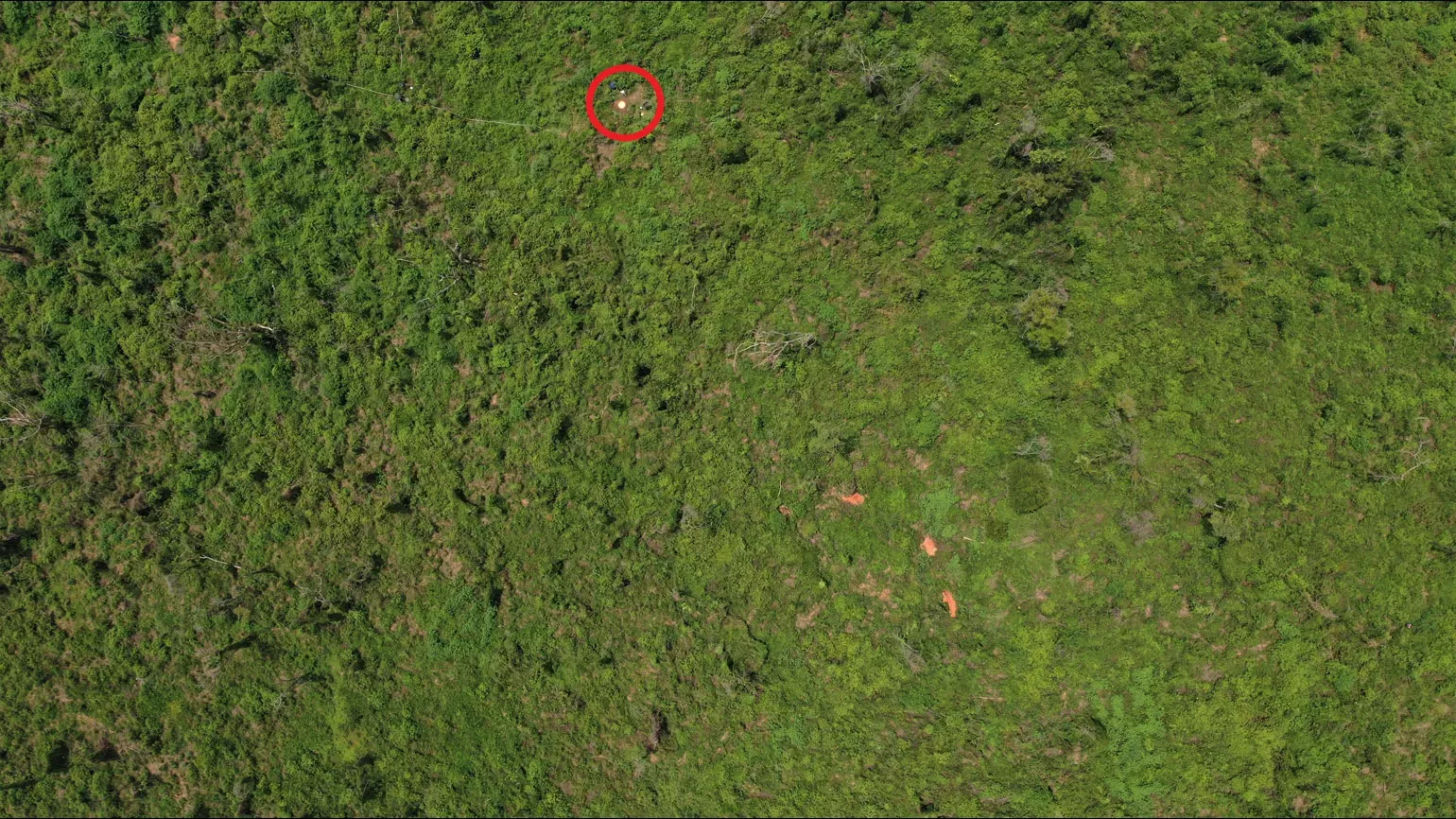
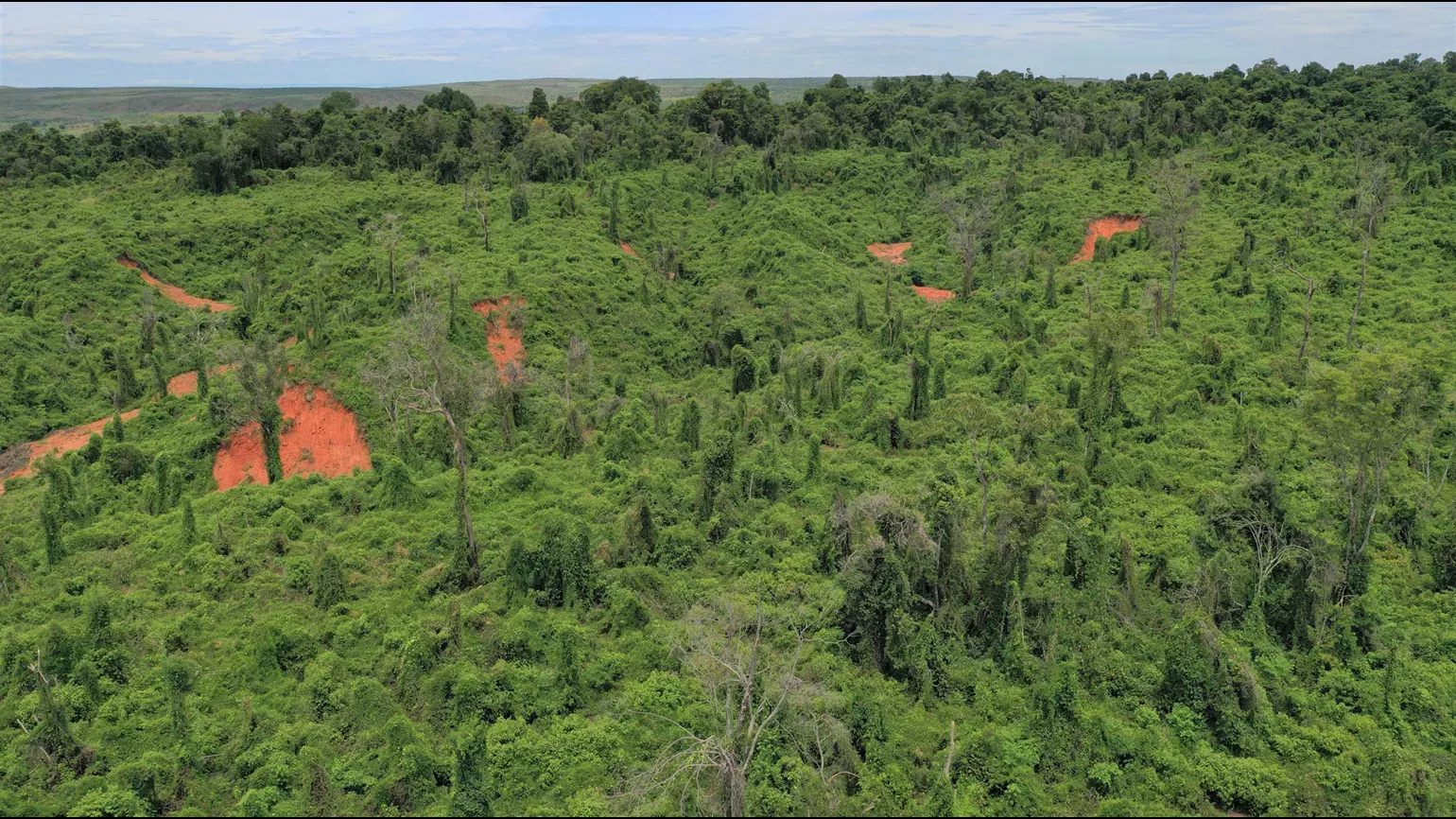
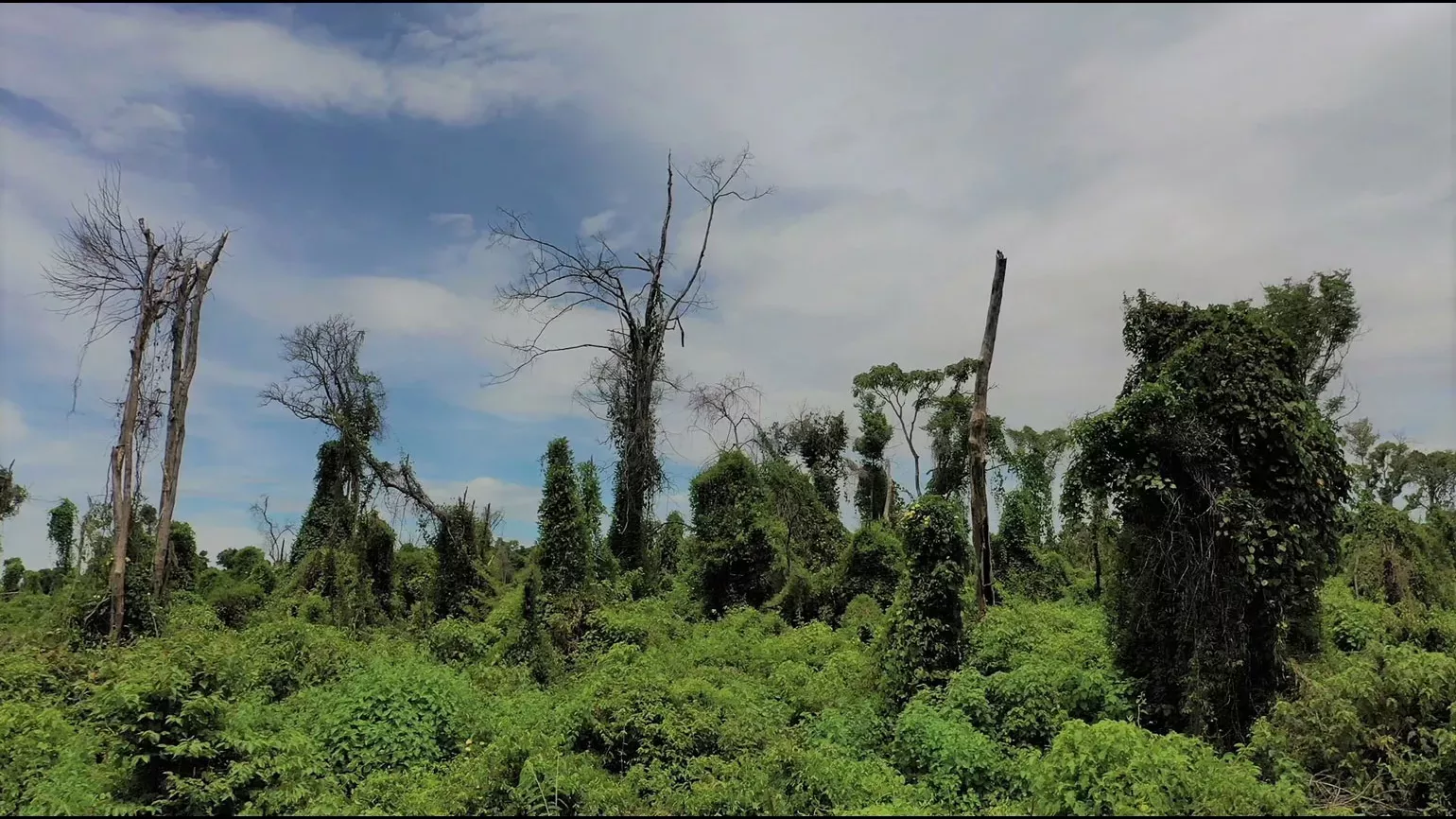
Restoring the forest
Unfortunately, The COVID-19 crisis meant we had to cut our trip short to catch one of the last flights out of the country before the international border closed.
However, we definitely found a forest gem. We are looking at funding sources to continue this research and initiate effective restoration as the diverse dry forest trees of Ankarafantsika are still waiting for our help.
I now have big plans for this hidden and naturally protected area that is surrounded by mature forests.
Here we have the opportunity for large-scale restoration and reforestation, and to research natural forest progression after a severe burn event.
As our KMCC botanists identified that most seedlings available from local forest nurseries were not native nor endemic, it is essential that we bank a broad variety of the Ankarafantsika forest seeds and develop, or train, local nurseries to germinate and grow the seedlings.
Effective restoration of this area would provide protection for the surrounding forest, remove the large gap in the canopy, facilitate the return of the forest microclimate, and, over time, return the forest to its former intact state.


